- News
- Reviews
- Bikes
- Components
- Bar tape & grips
- Bottom brackets
- Brake & gear cables
- Brake & STI levers
- Brake pads & spares
- Brakes
- Cassettes & freewheels
- Chains
- Chainsets & chainrings
- Derailleurs - front
- Derailleurs - rear
- Forks
- Gear levers & shifters
- Groupsets
- Handlebars & extensions
- Headsets
- Hubs
- Inner tubes
- Pedals
- Quick releases & skewers
- Saddles
- Seatposts
- Stems
- Wheels
- Tyres
- Tubeless valves
- Accessories
- Accessories - misc
- Computer mounts
- Bags
- Bar ends
- Bike bags & cases
- Bottle cages
- Bottles
- Cameras
- Car racks
- Child seats
- Computers
- Glasses
- GPS units
- Helmets
- Lights - front
- Lights - rear
- Lights - sets
- Locks
- Mirrors
- Mudguards
- Racks
- Pumps & CO2 inflators
- Puncture kits
- Reflectives
- Smart watches
- Stands and racks
- Trailers
- Clothing
- Health, fitness and nutrition
- Tools and workshop
- Miscellaneous
- Buyers Guides
- Features
- Forum
- Recommends
- Podcast
 fox_ax_-_7.jpg
fox_ax_-_7.jpg11 ways mountain bikes have influenced road bike tech and design
What has mountain biking ever done for the road bike? In terms of technology and design, quite a lot actually. Here are some key ways mountain bike design has influenced modern road bikes, from compact frame geometry to disc brakes.
1. Geometry and compact frame design
Perhaps the biggest thing that modern road bikes have borrowed from their mountain bike cousins has been in the geometry and shape of the frames, but far from being a recent influence, we have to go back to the 1990s when most road bikes came in a dozen sizes with high forward sloping top tubes. Giant Bicycles, led by designer Mike Burrows, challenged the status quo by bringing the compact frame design then common on mountain bikes to a road bike, with smaller front triangles and sloping top tubes. Benefits included a stiffer and lighter frameset and increased fit options despite a smaller range of sizes. It was dubbed TCR and these days the majority of road bikes can trace their DNA to this compact frame design approach.
While the geometry of most modern race bikes falls within a fairly small window of angles and measurements, modern mountain bike geometry has changed loads, generally getting longer and slacker to suit the more challenging terrain the bikes are being ridden on. One key change has been a move towards long front centres and shorter stems for more stable handling, and there’s evidence this idea is finding its way into road bikes, at least those designed for tackling more than just smooth tarmac.
Two brands - Merida and Whyte - have taken this idea and applied it to road bikes, with the Silex and Glencoe models respectively. Both are built around a short stem and wider handlebar for more leverage and control, handy when riding descents and off-road trails, but putting more length into the top tube to ensure an optimum reach for road riding comfort. We don’t expect this approach to become mainstream anytime soon, both bikes are aimed at the gravel and road plus riding styles, but it's getting people debating geometry and that can only bea good thing as the line between a road bike and mountain bike continues to blur.
2. Threadless headsets
Go back to when road bikes were made from spindly steel tubing, and you would find forks fixed into frames using a 1in fork steerer, threaded headset and quill stems. Early mountain bikes originally used all the technology then commonplace on road bikes including the threaded headset, but their limitations were quickly exposed on the demanding off-road trails these new bikes were being ridden on.
Developed by John Rader and produced by Dia-Compe as the Aheadset, this radical new system of attaching the stem to the outside of the steerer tube with easier bearing preload thanks to the star-fangled nut, was simpler, easier, quicker and lighter than the threaded headset. It wasn’t long before it became standard on all new mountain bikes, and was eventually adopted by the road bike industry and completely relegated the classic threaded headset and quill stem to the history bikes and retro bike events.
Along with this new threadless headset came an increase in steerer tube and head tube diameter. The early threadless designs moved up to the 1 1/8in standard, and more recently tapered head tubes, combining a wider lower bearing race diameter, have become popular on both mountain and road bikes in the pursuit of lower weight and increased stiffness.
- Everything you need to know about headsets
3. Disc brakes
This is an easy and obvious one. Mountain bike brakes have been through some serious developments over the years, from cantilevers when I first started mountain bike to V-brakes, a slight detour down U-brake alley, before disc brakes came to dominate. All mountain bikes, with the exception of some very bargain-priced bikes, now come with disc brakes and most are of the hydraulic variety, save for some entry-level models. There was some initial reaction to the introduction of disc brakes but it was short-lived with the benefits far outweigh any negatives.
Road cycling is a much more traditional and conservative sport and disc brakes are a polarising technology, but we're seeing more new road bikes being designed with disc brakes and there's evidence they are proving popular with consumers who like the improved braking performance. They're not without their problems though, being heavier than rim brakes, prone to squealing and more fiddly to install and setup, and of course you have to buy a new bike, wheels and brakes to upgrade.
- Everything you need to know about disc brakes
4. Thru-axles
The thru-axles, through-axle or bolt-thru axle, is an oversized axle system that was first developed in mountain biking when disc brakes were being introduced and have now been ported over to modern disc-equipped road bikes. Compared to skinny 9mm quick release skewers, thru-axles comprise a hollow oversized axle threading into a closed dropout. Chief benefits included extra stiffness and more secure wheel retention, but downsides involve having to completely remove the axle to release the wheel for slower wheel changes. Mountain bikes have settled on 12, 15 and 20mm axle diameters depending on the application, but after the early disc-equipped road bikes used 15mm axles, we’re now seeing 12mm become the standard on all new bikes.
5. Wide tyres
In the early days of road cycling, tyres were wide because the roads were rough, but as road surfaces improved tyres got narrower. The reverse is now happening, with road conditions deteriorating and wider tyres definitely back in fashion. So wide tyres have made a comeback on road bikes, and while this isn’t a trend that is directly inspired by mountain biking, that sport has also gone through considerable changes with tyres also getting wider than was common a decade ago, with 2.8, 3in and wider tyres being sold on recently designed mountain bikes. So wide tyres is a trend reflected on both sides of the fence.
- Trend spotting: Why you need to switch to wider tyres
6. Tubeless tyres
Everyone hates a flat tyre, and they are common on mountain bikes, from thorns to pinch flats. Tubeless technology was another key development that genuinely improved the enjoyment of mountain biking by virtually eliminating flat tyres, though they do still happen from time to time, but not with the same frequency they used to. Tubeless tyre technology, like disc brakes, have come a long way, with better compatibility between the many tyre and wheel brands. Road tubeless is slowly gaining ground in the road market with most modern wheels now tubeless compatible and a growing list of decent tubeless tyre options and great understanding of how to setup a tubeless tyre with liquid sealant, but it still faces hurdles, chiefly compatibility between different tyre and rim brands to ensure easy setup.
- Buyer's guide to tubeless tyres
7. 1x drivetrains
My first mountain bike had a triple chainset - today all my mountain bikes have single ring drivetrains. Ditching the front mech and going to a single ring crankset with a wide-range cassette has become hugely popular in mountain biking, with SRAM instrumental in making ditching the front mech much easier with its wide-range cassettes and clutch-style mechs (more on those later) designed to stop the chain dropping off. In porting this technology over to the road market SRAM has found instant appeal with the growing gravel and adventure bike market, where the simplicity and wide gearing range are big appeals, as well as cyclocross where the reduced mud clogging effects of removing the front mech not been lost on racers.
And it’s happening on road bikes. Both the Whyte Wessex One and the original version of the 3T Strada are designed entirely around a 1x drivetrain, there’s no way of fitting a front mech. The 3T Strada is even being raced in the professional peloton, though 3T later relented and made a dual-chainring version. It’s unlikely that 1x will ever replace 2x drivetrains but we do expect to see a lot more uptake with non-racing cyclists who can see the appeal, and the number of homemade 1x drivetrains we’re seeing is a testament to the interest in this technology.
- 23 road, gravel and cyclocross bikes with 1X gearing – can one chainring do it all?
8. Clutch-style rear mechs
Which brings us neatly onto clutch-style rear mechs. A few years ago Shimano introduced a Shadow Plus mountain bike rear mech with a clutch-style mechanism designed to prevent the chain flapping about when riding over rough ground, making dropped chains a thing of the past.
Combined with thick/thin chainrings it became pivotal to SRAM’s 1x systems. It all but eliminates the risk of the chain dropping off the chainring in the absence of the front mech. And now Shimano has introduced it to the road market with its new Ultegra RX rear mech. It’s aimed at road and gravel bikes and first made its debut at Paris-Roubaix, a tough race where dropped chains have ruined races in the past. Expect to see these become more common, firstly with 1x groupsets on gravel and adventure bikes but increasingly on regular road bikes.
- Shimano reveals Ultegra RX chain stabilising rear derailleur
9. 650b wheels
If you’ve paid any attention to mountain bike, you’ll know the industry has been through a lot of wheel size changes in recent years. Originally mountain bikes had 26in wheels, then 29in wheels came along, before 27.5in was introduced. Now, 29in and 27.5in wheels are the two standard sizes being used, with 26in wheels mostly confined to kids and jump bikes, and the history books.
But 650b, to give 27.5in its proper name (you can blame the Americans for that one) is an old French touring bike standard and combined with large volume tyres, has roughly the same outside diameter as a 28 or 30mm tyre on a 700c rim, but with the benefit of a vastly bigger tyre for increased cushioning, comfort and traction, with excellent rolling resistance.
More new bikes that straddle that grey area between an endurance bike and gravel bike, some are calling it road plus, are being designed around 650b tyres, and many gravel bikes are offering dual compatibility with 700c and 650b to allow the customer to choose the perfect tyre to suit their riding style and terrain. As the roads get rougher tyres are getting wider and 650b is a natural evolution.
- The 650B alternative: Is this smaller wheel size right for you?
10. Suspension
Suspension forks and rear shocks are mature technologies in the mountain bike world, and save for a few attempts - the Bianchi full-suspension bike for Paris-Roubaix and Cannondale’s Silk Road - suspension hasn’t really been introduced to road bikes with any real positive impact. But that’s slowly starting to change.
In the pursuit of more comfort, some of the latest endurance bikes are adding suspension to the mix. But as well as comfort, suspension, as the trend for wider tyres is showing, has the potential to provide a faster ride with improved traction and helps to reduce fatigue from all those nasty little vibrations going directly through to the contact points.
- 9 bump-taming road bikes that help stop your hands and bum getting battered
There’s the Specialized Roubaix with its Future Shock, a spring housed inside a cartridge located at the top of the head tube, though it’s a rather rudimentary affair with no rebound damping or easy adjustment. But it’s a spring. In a road bike. There’s also the Pinarello and Wilier bikes with their soft tail suspension designs using small elastomer bumpers to smooth the ride.
But peer into the gravel bike market and we find the Fox Girt and MRP Baxter short travel suspension forks, basically cut down mountain bike forks with around 40mm of fully adjustable and damped suspension travel. Taking a more simple approach is the whacky Lauf Grit fork with a row of glass fibre leaf springs.
- Review: Fox AX Suspension Fork
So we might yet see more suspension designs being experimented with on road bikes of the future.
11. Dropper seatposts
Okay, so this isn’t really something we’re seeing on road bikes per se, but on gravel and adventure bikes there are some good cases to be made for borrowing the concept of a height adjustable seatpost for easier tackling of steep and technical descents. A couple of test bikes, a Bianchi, Vielo and Specialized, have arrived in the office with dropper posts and it’s an intriguing idea, and certainly has merits for off-road riding where you might be getting, quite literally, over your head on very challenging terrain. But on road bikes? Probably not yet, but you never know.
What else can we expect in the future?
That’s tricky to speculate. Who could have seen any of these technologies becoming common on road bikes just 10 or 20 years ago, so anything is game it seems. One trend that has occured on mountain bikes recently is a shift to wider axles. Disc road bikes have already borrowed the 142x12mm rear axle setup of a mountain bike, could they also borrow the 110mm Boost front axle (up from 100mm) of modern mountain bikes? I'm not sure the consumer is ready for that, but you never know.
But what do you think we could see introduced on the road bike in the future, or what would you like to see being introduced? Let's hear your thoughts in the comments section below.
David worked on the road.cc tech team from 2012-2020. Previously he was editor of Bikemagic.com and before that staff writer at RCUK. He's a seasoned cyclist of all disciplines, from road to mountain biking, touring to cyclo-cross, he only wishes he had time to ride them all. He's mildly competitive, though he'll never admit it, and is a frequent road racer but is too lazy to do really well. He currently resides in the Cotswolds, and you can now find him over on his own YouTube channel David Arthur - Just Ride Bikes.
Latest Comments
- PRSboy 22 min 39 sec ago
I came here on a small boat from the Road Cycling UK forum after that croaked a few yrs ago.
- mctrials23 34 min 31 sec ago
I don't see why not. If we are going by the parlance of the youth these days then your gran going down the shops is iconic. Even by the standard...
- Rendel Harris 1 hour 2 min ago
No telling from that chart where the components ultimately end up, of course, if they go to Europe or Taiwan and then are put on bikes that are...
- A V Lowe 1 hour 3 min ago
The huge problem is the misues of the term pavement - I've cycled & driven cars on pavements for the past 61 years - their legal status is ...
- OldRidgeback 2 hours 35 min ago
The sentence does seem rather light. I hope the victim sues the driver heavily and wins a massive payout. The insurance firm would cover this but...
- OldRidgeback 2 hours 40 min ago
I bought my first MTB at Brixton Cycles decades ago and it's still in use as my hack. I've also bought bikes from there for my sons. I've had...
- chrisonabike 3 hours 4 min ago
So what you're saying is the "baseline" would move from "lit up like a Christmas tree" to "like a chameleon at a rave" * ... and it would have...
- Oldfatgit 4 hours 39 sec ago
Thank you for asking Aidan, much appreciated....
- ktache 12 hours 59 min ago
And I liked endura too. Got a nice long sleeve mostly merino long sleeve a little while back, in orange.
- matthewn5 13 hours 27 min ago
No, the Ebay lights have been around for several years, this Lezyne light just appeared.
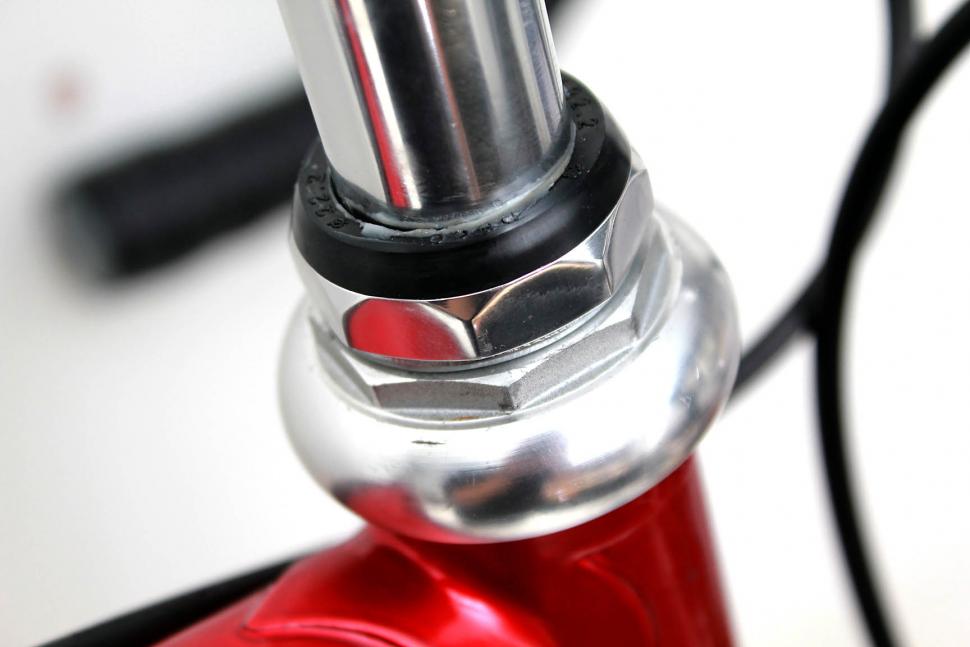
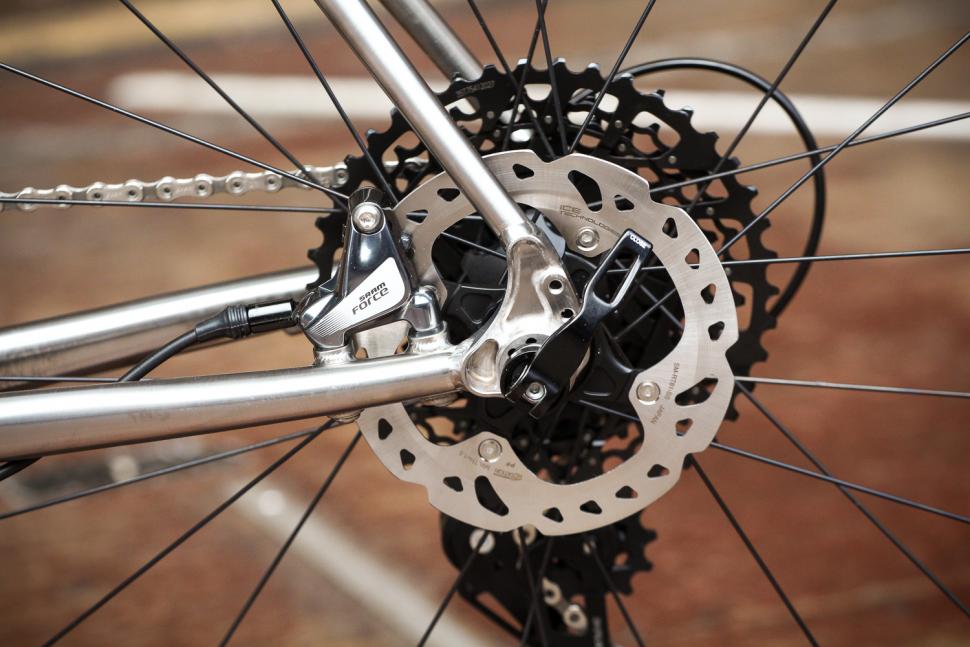
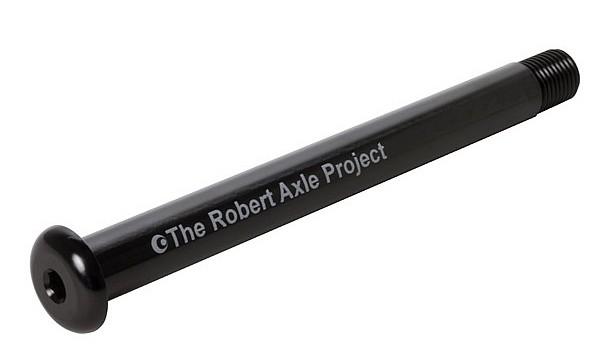
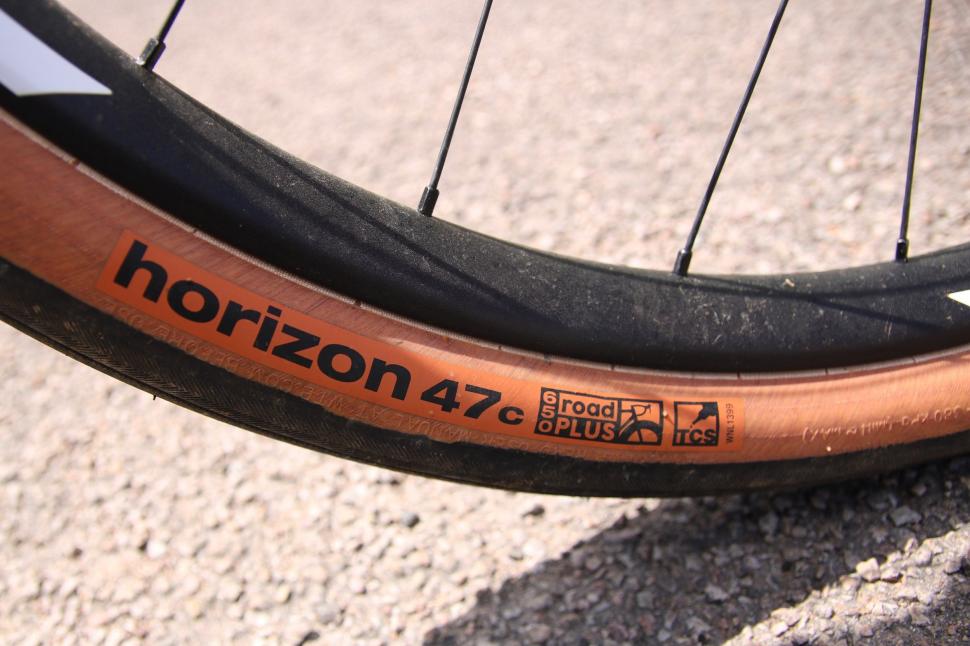
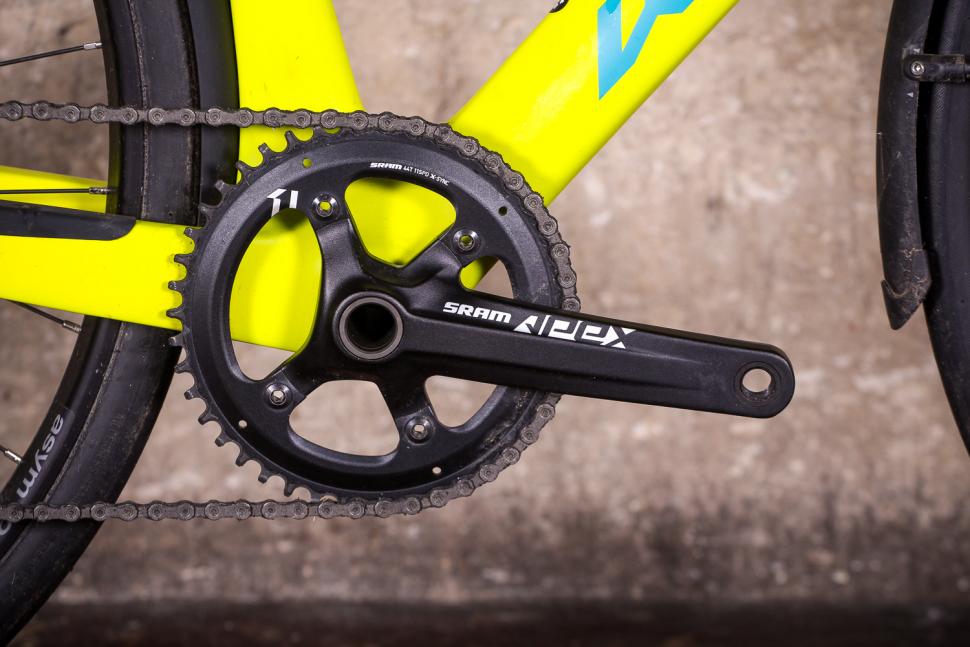
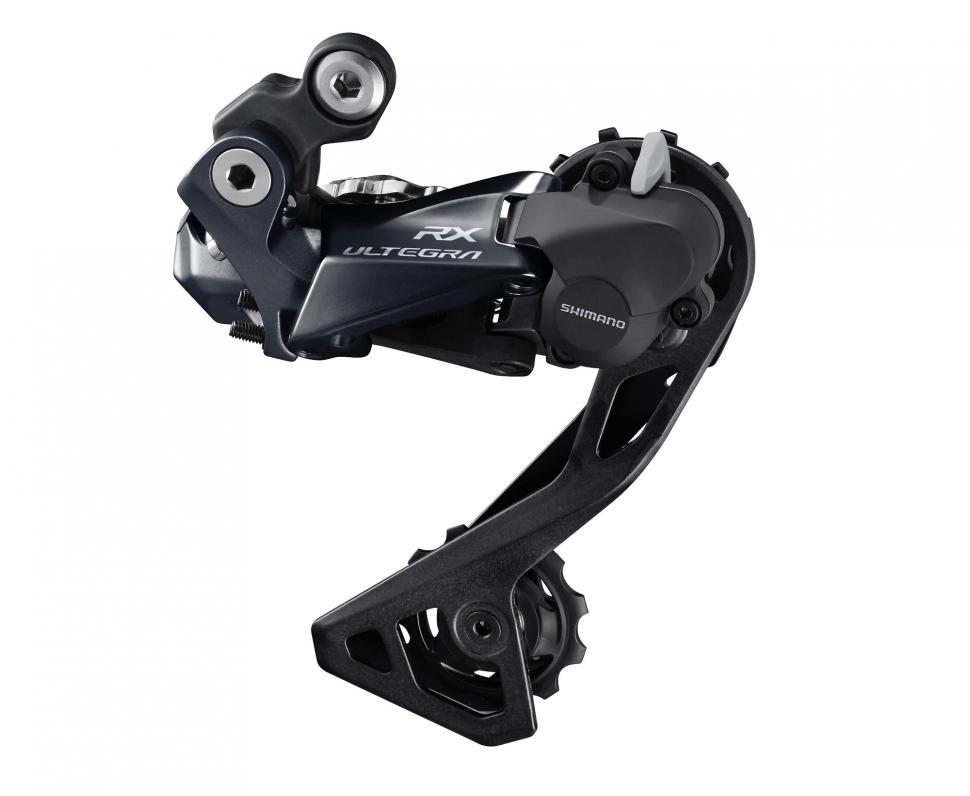


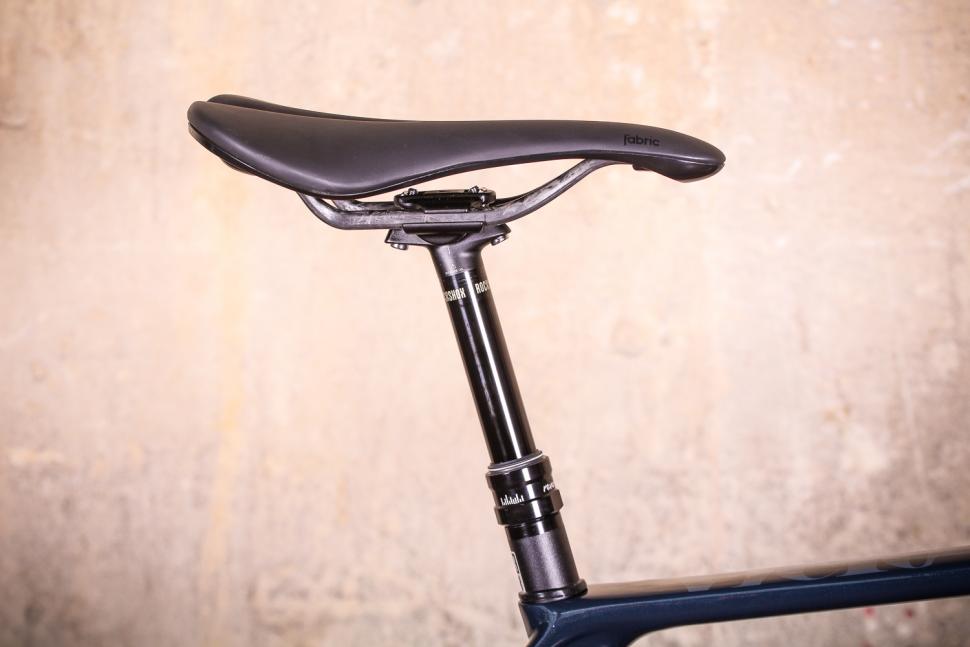
Add new comment
35 comments
A lot of these things are related. So a sweeping statement like that doesn't really bear scruitiny.
I own several road bikes. I also own a CX/gravel bike. I am about to invest in a new bike, and it will 100% be capable of riding on roads, fast, as well as gravel and dirt tracks. It will have the ability to take 700 and 650 wheels, use thru-axles to keep wheel swaps easy, fast and tight, disc brakes aligned, etc.
Nothing is 'really neccessary'. People quite capably rode 3,000km tours on fixed-gear bikes wearing wooly shorts and aviator goggles. It's about what tech makes life easier, more enjoyable, faster, safer, more reliable etc. Everything above does that. They are not compulsory, they are options for consumers to choose.
Ironically, with the ability to fit 650b/40mm+ wheels, disc brakes on thru-axles, wide-ranging 1x drivetrain and a clutched mech, such a bike is actually an N+1 killer. Modern designs are now capable of delivering all that with very few compromises.
That's like saying your Land Rover Defender is fine for a 1,000-mile twisty scenic road trip, just put on some smoother tyres.
Choice is good.
Thru-axles are becoming more common on disc brake equipped road bikes, though their benefit is tied up with the frame design (more rigid etc).
Are 650b wheels used in road racing at all? I've seen them used for "gravel" bikes, but wondered if the traditional racing bike is moving away from 700c?
They're good for the smaller rider - many women, for example. I think Emma Pooley used them in races.
that was 650c, the old triathlon bike standard. Very useful on smaller sized frames to avoid toe overlap.
Pages